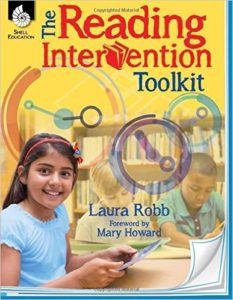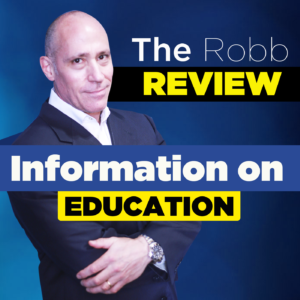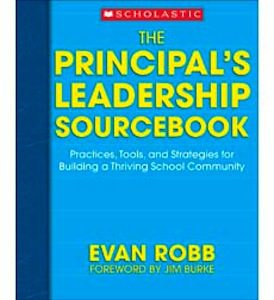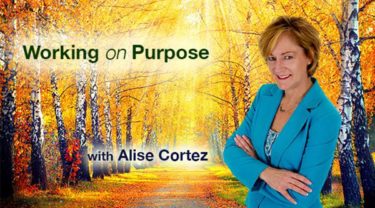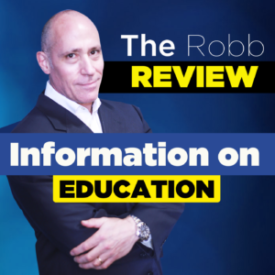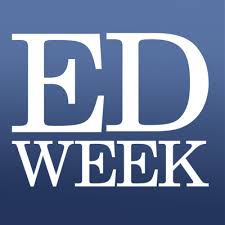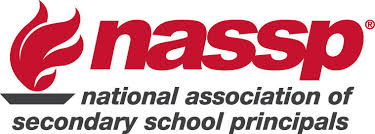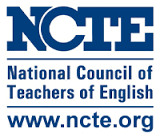Your Mindset Matters!

Develop Your Growth Mindset!
Mindset matters for administrators and teachers who work with children; mindset can have a profound impact on learning. A growth mindset allows us to see potential in everyone: ourselves, other adults, and children. Fixed mindsets harm students. Fixed mindsets sort and select. Fixed mindsets have determined the future of students and the path of adults. Such thinking has no place in education.
An important question to ask, do you have a growth mindset or a fixed mindset? I believe the mindset you have influences your leadership, thinking, actions, decision making, and who you are as a person.
In her book, Mindset: The New Psychology of Success, Carol Dweck points out the difference between a fixed mindset and a growth mindset.

“In a fixed mindset, people believe their basic qualities, like their intelligence or talent, are simply fixed traits. They spend their time documenting their intelligence or talent instead of developing them. They also believe that talent alone creates success—without effort. They’re wrong.”
“In a growth mindset, people believe that their most basic abilities develop through dedication and hard work—brains and talent are just the starting point. This view creates a love of learning and resilience that is essential for great accomplishment.”
Let’s consider your leadership. Questions are a great way to reflect on your leadership. Are you modeling and communicating a belief that learning is about time, opportunity, and effort which is a growth mindset? Or, do you communicate through your actions or words that some people are simply more able than others, in a world of those who can and those who cannot? Is there a disconnect between what you say and your actions?
Your mindset matters!
Reflect on my top five growth mindset concepts as you consider your leadership and commitment to embracing a growth mindset.
- Challenges can be opportunities: Challenges are part of life, work, and school. It is a personal choice to view challenges as problems or as opportunities to overcome or to improve.
- Make the word “learning” part of your vocabulary: People who believe in growth mindset are always learning. Are you always learning? Do you demonstrate through words and actions a belief that every person in your organization is a learner? How do you respond to people who say they can’t learn something new?
- Redefine “brilliant”: I have found it quite liberating to realize few people learn new concepts with magical ease. Most people have to work hard; some may work less than others, but almost always there is hard work behind a perception of brilliance. In general, schools have been designed to communicate we all learn in lockstep. Such a belief leads to a sorting mentality, everyone does not learn the same or at the same speed, and that is OK. Sorting beliefs are always tied to fixed mindset thinking; such thinking is not good for students and potentially harmful.
- Change your view of criticism: As a leader, receiving criticism is part of the job. The normal response people expect when they criticize another is often anger and resentment instead of an opportunity to problem solve. How you react to criticism speaks to your leadership and mindset. Here’s my challenge to you: move the personal away from criticism and see it as an opportunity to grow, problem solve, and often to collaborate.
- Adopt and use the word “yet.” Dweck says “not yet” has become one of her favorite phrases. Not being able to solve a problem can mean you simply cannot do it or you have not solved it yet. Fixed mindset: you either can or cannot find a solution. Growth mindset: you cannot solve the problem, yet, but with more time, support, and effort you will be able to.
Mindset choice may appear simple; if fully embraced it can have a profound impact on you and those around you. Often, I will meet with a parent who tells me they could never do the math and that is why their child cannot do the math. This pattern can run through generations, and it is harmful predicting what children can and cannot do. If teaching and communication of the educator reinforce a negative belief, it will harm a child. On the other hand, if the child and parent experience a teacher who lives and communicates a growth mindset; an opportunity for change is created. The next time a person says, “ I can’t do the math,” you can have a different and unexpected response to them, a response using growth mindset thinking.
I encourage you to learn more about growth mindset, how you can grow as an educator, and have a positive influence on others! If we as educators adopt and communicate growth mindset, we create an opportunity to change belief, and such a shift can change the future of a child.
Learn more from my book, The Principal’s Leadership Sourcebook, Scholastic Ed.
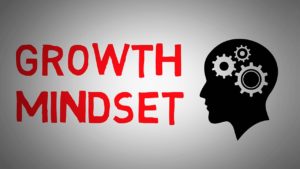
![]()

